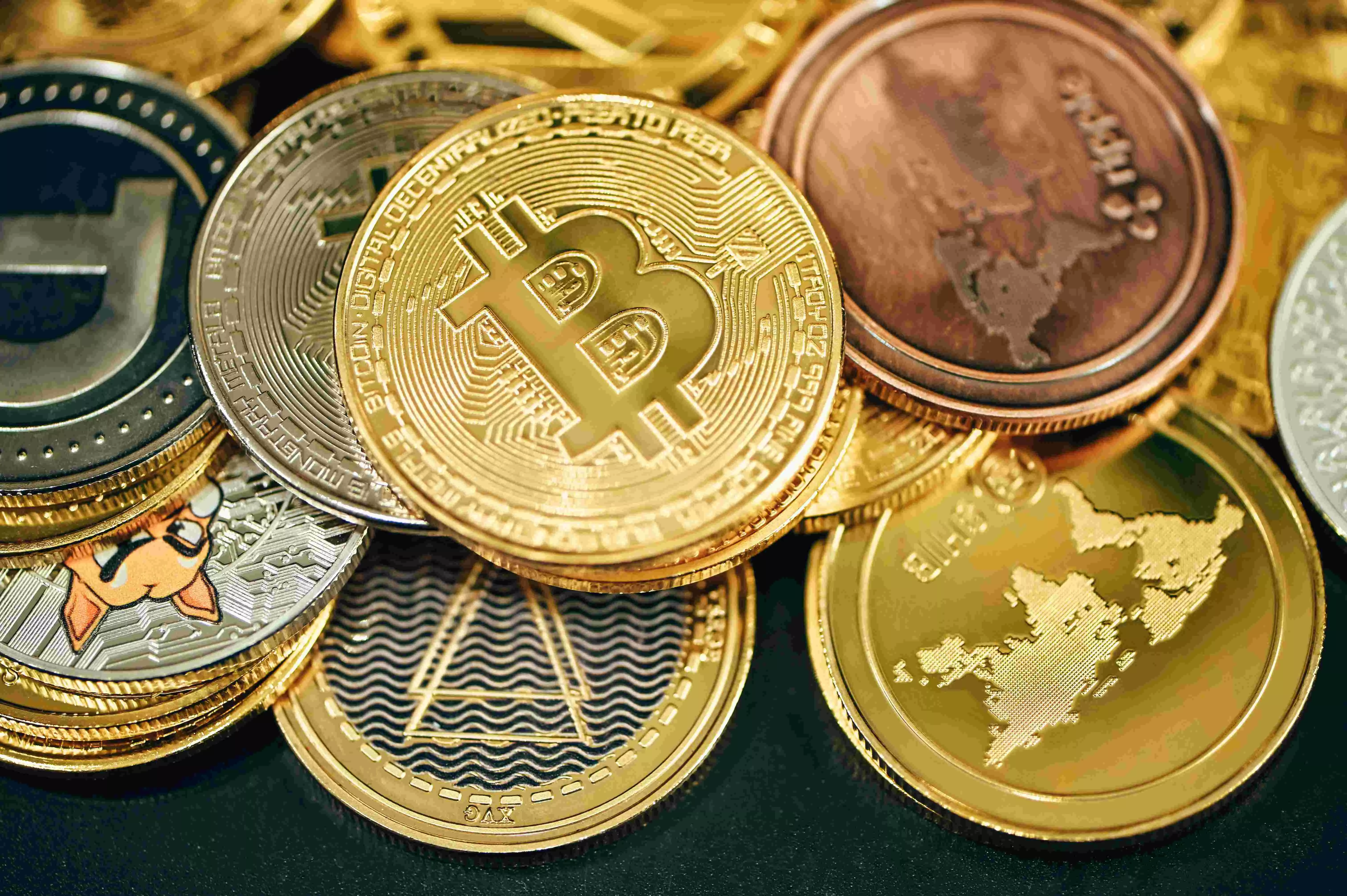Alchemy of Wealth & Power
From ancient coins to Bitcoin, the story of money has really been about belief—how societies decide what has value, and in whom it bestows the trust to control it

The legend of King Midas, whose touch turned everything into gold, is more than a myth. It is a reminder of money’s double-edged power — to create wealth, but also to distort values and relationships. From the first stamped coins in ancient Lydia to Bitcoin’s digital code, money’s journey has always been about something larger than currency. It is the story of trust, power, and who gets to define value.
Coins and the Birth of Trust
The first great leap came in the 6th century BCE, when Croesus, king of Lydia, began minting standardised gold and silver coins. Until then, barter or weighed metals facilitated trade. By producing coins of fixed purity and weight, Croesus created something revolutionary: a form of money that strangers could trust.
Greek city-states soon adopted coinage, transforming their agoras — marketplaces — into vibrant centres of commerce and civic life. Unlike tribute-based empires that extracted goods in kind, these monetary economies fostered contracts, taxation, and eventually democratic institutions. Trust in coinage became trust in a system.
Rome expanded this model across its empire. However, when Rome collapsed, so too did its monetary order. For centuries, Europe relied more on land and labour than on coins. The rebirth of money came with the rise of merchants, bankers, and long-distance trade in the medieval era.
From Paper to Power
Italian bankers in Florence and Venice developed ingenious financial instruments, such as bills of exchange, while China’s Song dynasty had already experimented with paper money centuries earlier. Sweden tried paper notes in 1661, but it was Britain’s Bank of England, founded in 1694, that institutionalised paper money, backed by gold and silver.
Money was no longer just a physical object; it was a promise of value. Moreover, behind every promise stood power—the Spanish “pieces of eight” dominated global trade, influencing the development of the US dollar. In America, fierce battles over “gold versus silver” symbolised larger political struggles. In The Wizard of Oz, Dorothy’s silver shoes were an allegory for the populist demand for “Free Silver” against the gold standard.
By the 20th century, money’s tether to precious metals began to unravel. In 1944, the Bretton Woods system pegged the US dollar to gold, making it the world’s reserve currency. However, mounting costs of war and trade imbalances forced President Nixon in 1971 to break that link. From then on, the world lived under fiat money backed not by metal, but by the authority of the state.
Digital Revolutions
If gold symbolised scarcity and paper symbolised power, fiat money symbolised trust in governments. However, trust can fray. Inflation crises, bank collapses, and global recessions eroded confidence in official currencies. Meanwhile, technology was transforming the way people experienced money through credit cards, online banking, and mobile wallets.
Then came 2009. In the wake of the financial crisis, an anonymous figure named Satoshi Nakamoto released Bitcoin, a decentralised digital currency running on blockchain technology. Unlike fiat money, Bitcoin has no central issuer or national bank. Its scarcity was coded into the system: only 21 million coins would ever exist.
To some, Bitcoin represented liberation from state-controlled money. To others, it seemed like a dangerous speculative bubble. What cannot be denied is that it sparked a revolution in how we imagine money. Thousands of cryptocurrencies now exist. Central banks, including India’s Reserve Bank, are experimenting with their digital currencies. The debate over digital money is no longer theoretical; it is already shaping financial futures.
The Old Question in New Form
So what ties together Croesus’s coins, Florence’s bills of exchange, Roosevelt’s gold confiscation, and Satoshi’s blockchain? At each stage, the evolution of money has been mainly about trust, specifically, who we trust to issue, regulate, and preserve value. For most of history, that trust lay in kings, states, and banks. Bitcoin challenges that by offering trust in code and mathematics instead. However, cryptocurrencies face their crises, including volatility, fraud, high energy costs, and the threat of state crackdowns. At the same time, government-backed digital currencies raise new questions about privacy and surveillance.
The Road Ahead
The journey of money is far from over. Indians today are part of this global experiment using UPI and mobile wallets daily, testing the digital rupee, watching cryptocurrency debates play out in courts and parliaments. From Croesus’s mint to Satoshi’s blockchain, money has never been just a tool of exchange. It is a mirror of society’s struggles over power and trust. The question that confronted the ancients still confronts us: who do we trust with our wealth —governments, banks, or algorithms?
The writer writes about politics, material culture, and economic history. Views expressed are personal



